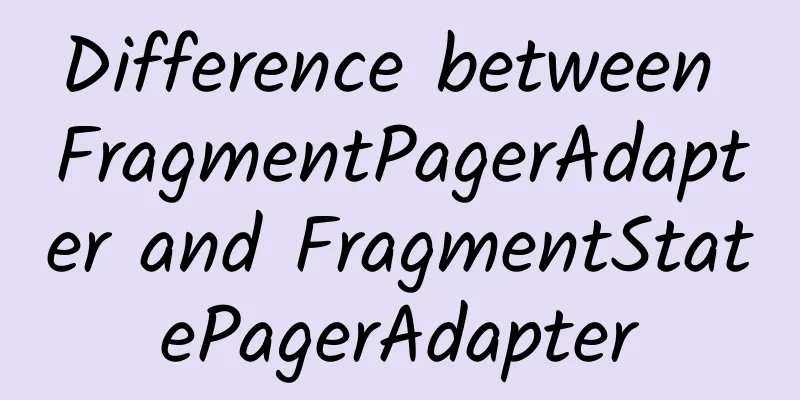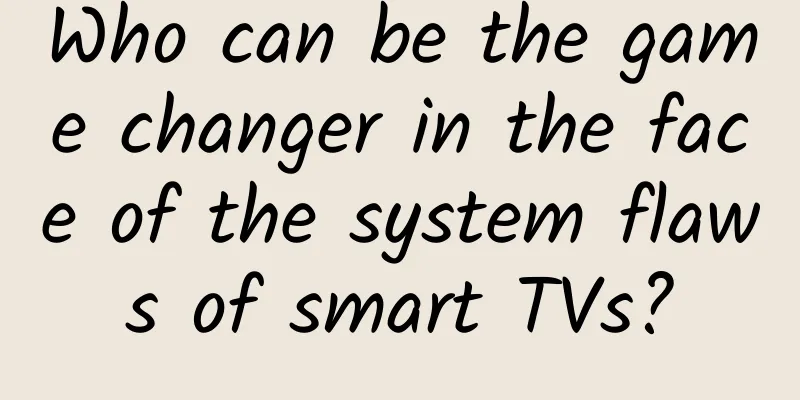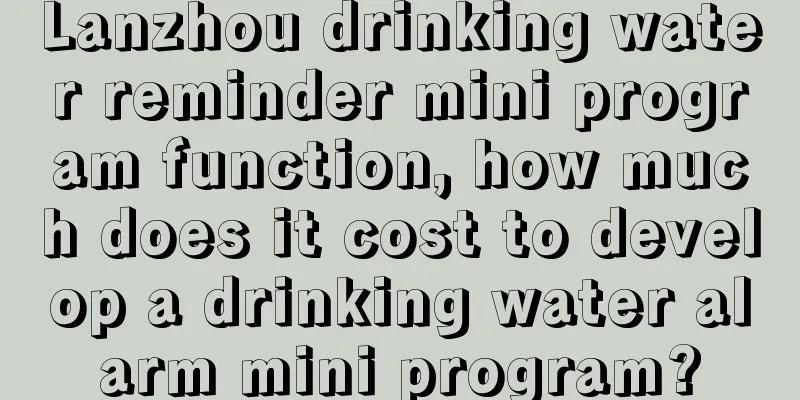Difference between FragmentPagerAdapter and FragmentStatePagerAdapter

|
FragmentPagerAdapter and FragmentStatePagerAdapter are both adapters used to adapt data to ViewPager in Android development. There are significant differences between the two in the way they use and manage Fragments. When switching Fragments, FragmentPagerAdapter does not destroy the Fragment, but only calls the detach method in the transaction. Therefore, the view of the Fragment will be destroyed, but the instance of the Fragment will remain in the FragmentManager. The Fragments created in this way will never be destroyed, which is suitable for some static Fragments, such as a group of tabs. This may also cause the application to occupy too many resources when the number of Fragments is large. When switching between different fragments, FragmentStatePagerAdapter will destroy the fragments that are no longer needed. Before destroying the fragment, the state information of the fragment (saved by the onSaveInstanceState(Bundle) method) will be saved in the Bundle. After switching back to the original page, the saved state can be used to restore and generate a new fragment. It is suitable for scenarios with a large number of pages or where fragments need to be loaded and destroyed dynamically, and can effectively manage memory usage. FragmentPagerAdapter source code In the instantiateItem method, the main thing is to add the Fragment to the FragmentManager. If it is not added to the FragmentManager, the add operation is performed, and if it is added to the FragmentManager, only the attach operation is performed. In the destroyItem method, only the detach operation is performed. The detach operation does not destroy the Fragment, and the Fragment is still managed by the FragmentManager. FragmentStatePagerAdapter source codeFragmentStatePagerAdapter stores Fragments through an mFragments array and stores the state of Fragments when they are destroyed through the mSavedState array. The Fragment obtained through position may be empty (recycled). If it is empty, the getItem method will be called again to recreate a new Fragment, and then the state stored in mSavedState will be reassigned to the new Fragment to achieve the effect of Fragment recovery. When the item is not visible on the page, the state of the Fragment will be saved to mSavedState first, and the Fragment instance will be destroyed. SummarizeFragmentPagerAdapter and FragmentStatePagerAdapter are both adapters used with ViewPager in Android development. Similarities:
Differences: (1) Fragment destruction strategy:
(2) State preservation and restoration:
The main difference between FragmentPagerAdapter and FragmentStatePagerAdapter is how they manage the Fragment lifecycle. The former retains the Fragment instance, which is suitable for scenarios with a small number of Fragments and do not need to be created and destroyed frequently; the latter destroys the Fragment when it is no longer needed, which is suitable for scenarios with a large number of Fragments or those that need to be loaded and destroyed dynamically. |
<<: Exploration and practice of Ctrip Hotel's unified cloud mobile phone platform
>>: The key to optimizing Bitmap memory usage: image resolution, folder storage and loading strategy
Recommend
4 rules for operating advertising accounts!
When interviewing optimizers, I always ask, "...
Deepin launches Deepal AD+ Deepal OS
On November 6, DeepBlue Automotive's intellig...
When will Changchun express delivery resume in 2022? Which specific community has been unsealed? Attached the latest news
After more than a month of stumbling around the lo...
The dark blue S05 is unveiled, with a youthful and dynamic design and a 2880mm wheelbase with plenty of space.
Recently, DeepBlue S05, a new model under DeepBlu...
Ankylosing spondylitis, what is this “immortal cancer”?
On November 17, Li Yuchun released a new song tha...
Security researchers discover Apple Bluetooth bug that can remotely wipe nearby iPhones/iPads
On October 14, as we all know, Apple's operat...
Breaking news! A large number of QQ accounts were frozen by Tencent for no reason: netizens were furious
On July 15, a large number of netizens posted on ...
Why is it so easy to rebound after losing weight? The truth is heartbreaking...
I don't know if you have ever had the experie...
[Bai Gu Jing] Xue Han's advanced study of the Chaos Theory of Stocks: Chaos Theory's price comparison relationship - the secret of sector rotation 8 episodes
【Bai Gu Jing】 Xue Han's Chan Theory Stock Adv...
Giltrap and Osborne win double at Super Trofeo Asia Challenge Malaysia opener
[Malaysia, May 7, 2024] The Lamborghini Super Tro...
What is channel operation?
Channel , we all know that channel has a synonym:...
7 things you do every day that accelerate the breakdown of your knees (not running)
Nowadays, exercise has become a "compulsory ...
Why do you have to wait half a year to donate whole blood? Things you may not know about voluntary blood donation
At the free blood donation vehicle in front of th...
How to test RxJava code
Assuming you've read about RxJava and have ex...
Is there only gas on a gas planet? If we want to land on Jupiter, can we do it?
There are eight planets in the solar system we li...









